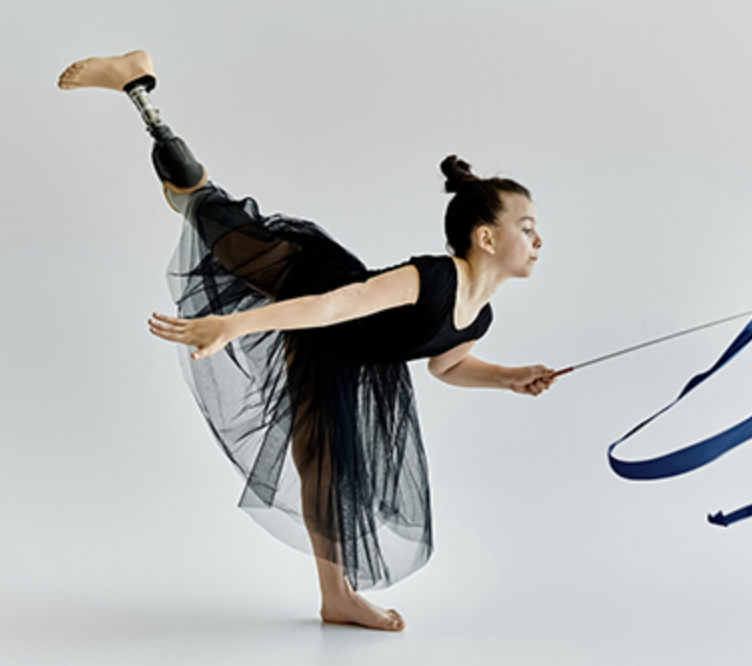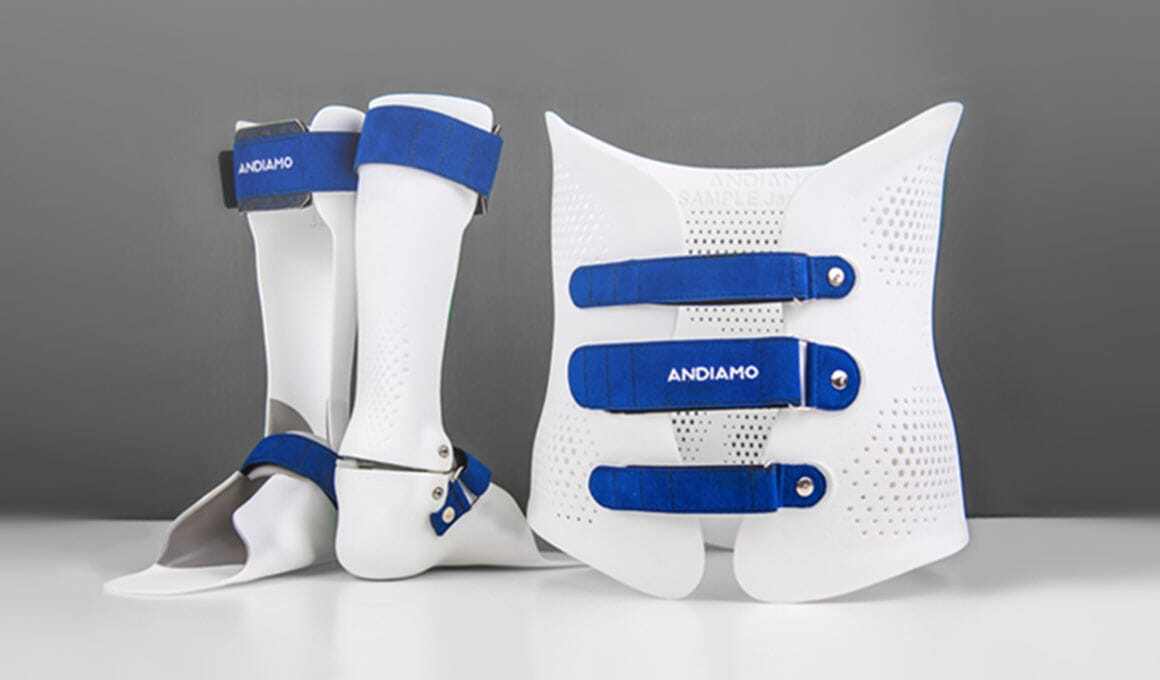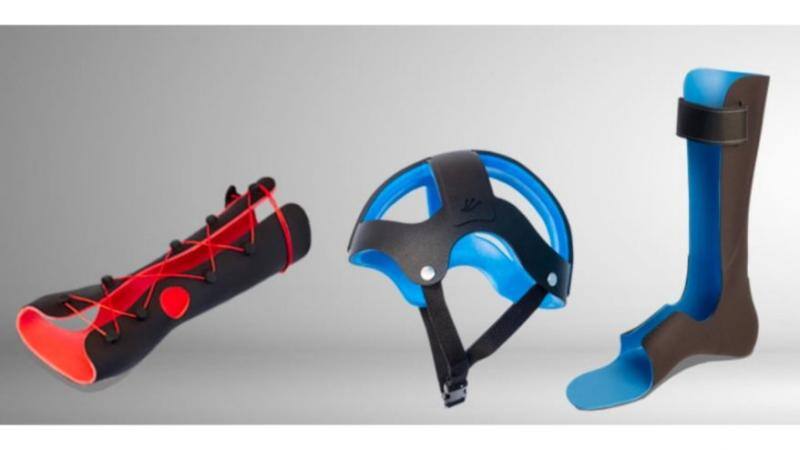A group of enterprising biomedical engineering students may have solved one of the most vexing problems in pediatric prosthetics. In the process, they received a major national award for medical device design—and planted the seeds of a new business startup.
The team, made up of four seniors at the University of Iowa College of Engineering, developed an innovative below-the-knee prosthetic device for children, which can be adjusted to accommodate physical growth. Instead of constantly changing devices throughout childhood, which can be costly and frustrating, patients would be able to stick with a single prosthesis for years at a time.
“We are trying to keep the kids out of the clinic and reduce the cost out of pocket for parents,” one of the students told the College of Engineering.
Their project was named the grand prize winner in the Student Design Showcase of the 2024 Design of Medical Device Conference, hosted by the University of Minnesota. The high-profile competition also drew entries from Johns Hopkins, Yale, Duke, and other prestigious universities, but the Iowa team’s design bested them all.
Their prosthesis comprises a socket, pylon, and foot, all of which can expand in both length and width. This user-friendly system allows parents or guardians to make their own adjustments at home, a feature that greatly impressed the judges.
According to the team’s research, about 2,500 children a year are impacted by lower limb loss and/or difference, including newborn babies with congenital limb differences. Poor prosthesis fit is an ongoing problem for such children, whose ability to update their device as they grow may be limited by family finances, insurance caps, access to prosthetic care, and other factors. Those who struggle along with a prosthesis they’ve outgrown run the risk of permanent musculoskeletal damage.
The four students—Claire Catlett, Claudia Archer, Tushar Mitra, and Madelyn Timm—were so encouraged by their triumph in the Design of Medical Device competition that they’ve applied for a provisional patent and formed a startup. The new company is called GroLimb, LLC.
Before their product can become commercially available, the team will have to obtain FDA approval for clinical trials, secure a utility patent, conduct further testing, and establish a network of clinicians, patients, and industry partners.
Despite the considerable challenges ahead, the team is excited about their journey.
“We’d been working on this project for a year and didn’t realize how big of a deal it was,” Archer told the College of Engineering. Added Mitra, “This project really grew beyond anything we could’ve ever expected. We’re excited to continue working on this.”
For more information, visit GroLimb’s LinkedIn page and the Design of Medical Device Conference’s Student Design Showcase page.







